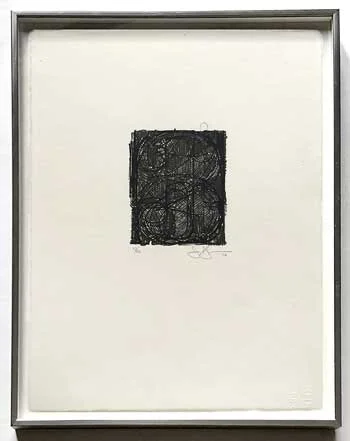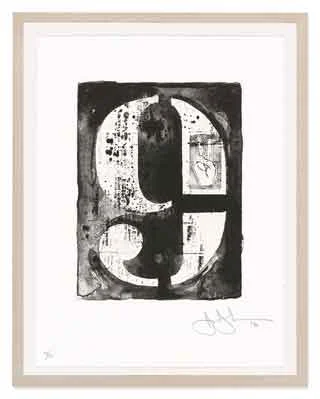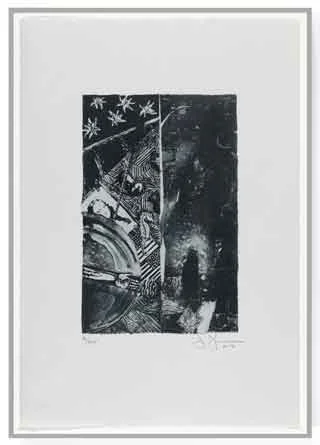Jasper Johns
Untitled (ULAE 309), 2012
color intaglio (spitbite, aquatint) on Magnan Pescia soft white paper
paper: 21 x 16 inches
image: 11 3/4 x 8 inches
frame: 22 x 17 inches
edition: 30 with 8 AP's
signed & dated in pencil "Jasper Johns '12" lower right
numbered lower left in pencil
printed by Doug Bennett and John Lund
published by LeRoy Neiman Center for Print Studies, Columbia University, New York
© 2024 Jasper Johns / Licensed by VAGA at Artists Rights Society (ARS), NY> Literature
Carlos Basualdo, Scott Rothkopf, Jasper Johns Mind/Mirror, Whitney Museum of American Art, 2021, another impression reproduced plate 47, pg. 298.
To be included in the forthcoming update to: The Prints of Jasper Johns: A Catalogue Raisonne, ULAE, New York, Catalogue Reference ULAE 309.
paper: 21 x 16 inches
image: 11 3/4 x 8 inches
frame: 22 x 17 inches
edition: 30 with 8 AP's
signed & dated in pencil "Jasper Johns '12" lower right
numbered lower left in pencil
printed by Doug Bennett and John Lund
published by LeRoy Neiman Center for Print Studies, Columbia University, New York
© 2024 Jasper Johns / Licensed by VAGA at Artists Rights Society (ARS), NY> Literature
Carlos Basualdo, Scott Rothkopf, Jasper Johns Mind/Mirror, Whitney Museum of American Art, 2021, another impression reproduced plate 47, pg. 298.
To be included in the forthcoming update to: The Prints of Jasper Johns: A Catalogue Raisonne, ULAE, New York, Catalogue Reference ULAE 309.
Exhibted
Whitney Museum of American Art, New York, Jasper Johns Mind/Mirror, September 29, 2021-February 13, 2022, another impression exhibited.
Katonah Museum of Art, Katonah Jasper Johns & John Lund: Masters in the Print Studio, March 23-June 15, 2014, another impression exhibited.
International Print Center New York, New Prints 2013/Winter, January 18-March 9, 2013, another impression exhibited.
Selected Museum Collections
Whitney Museum of American Art, New York
Walker Art Center, Minneapolis
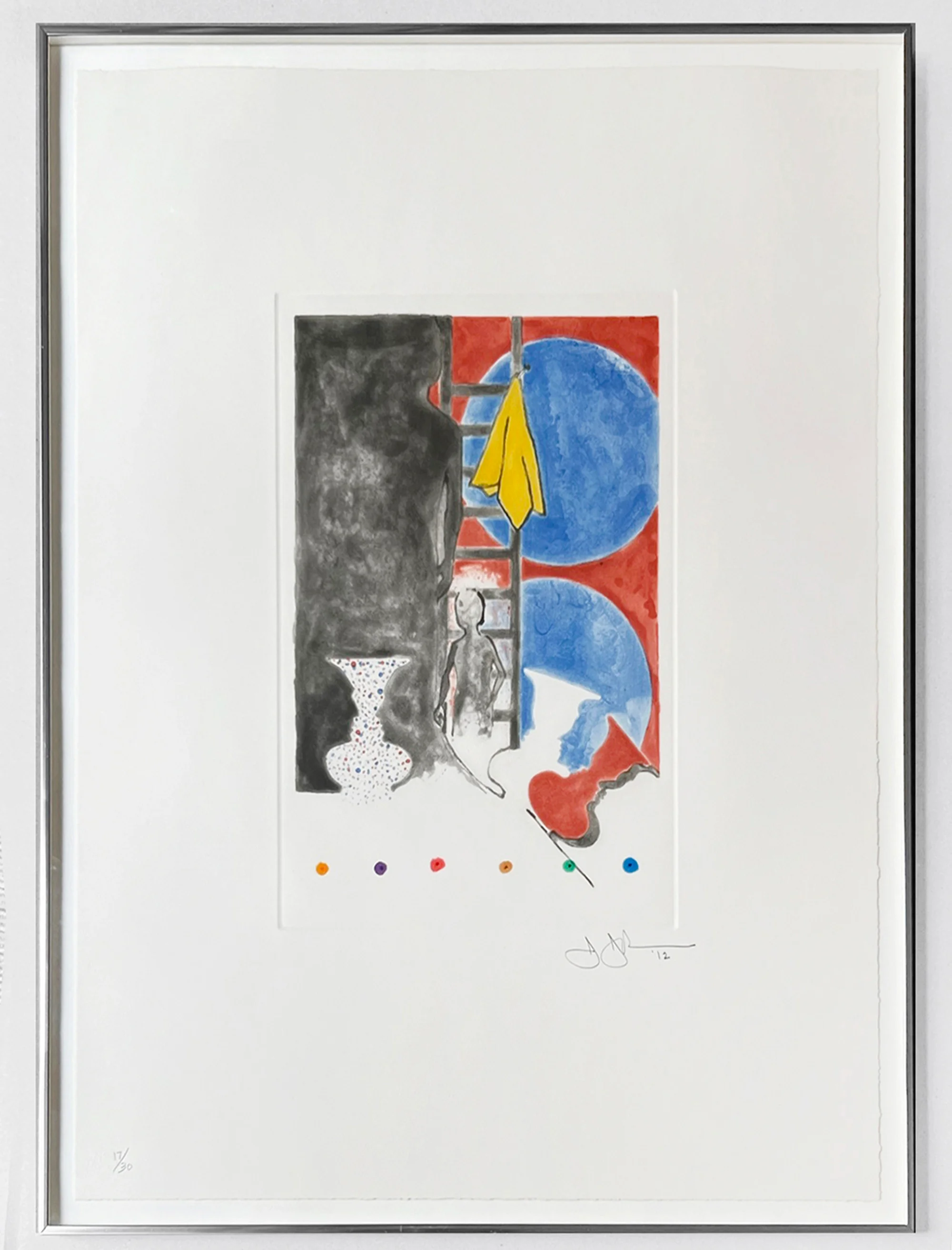
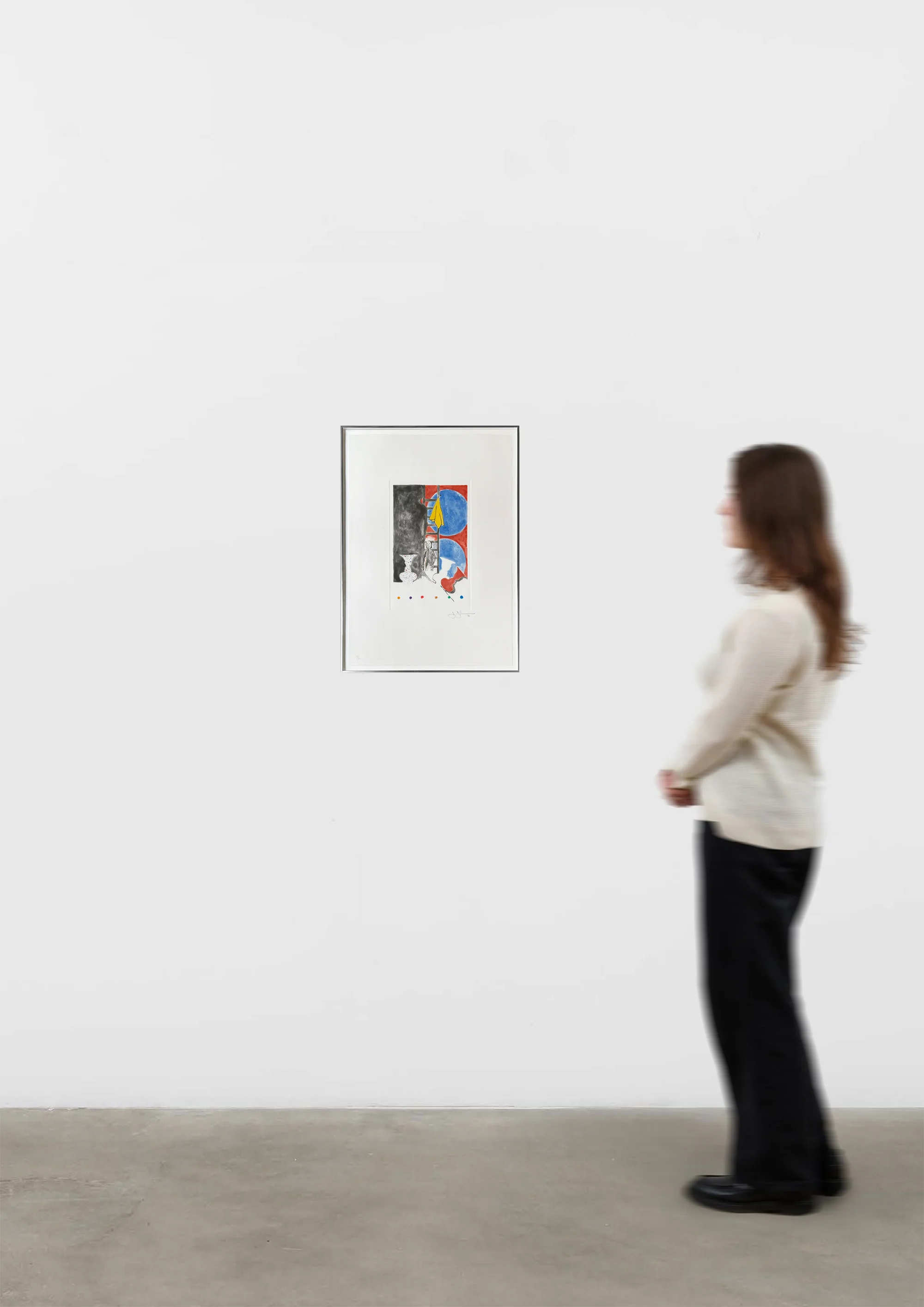
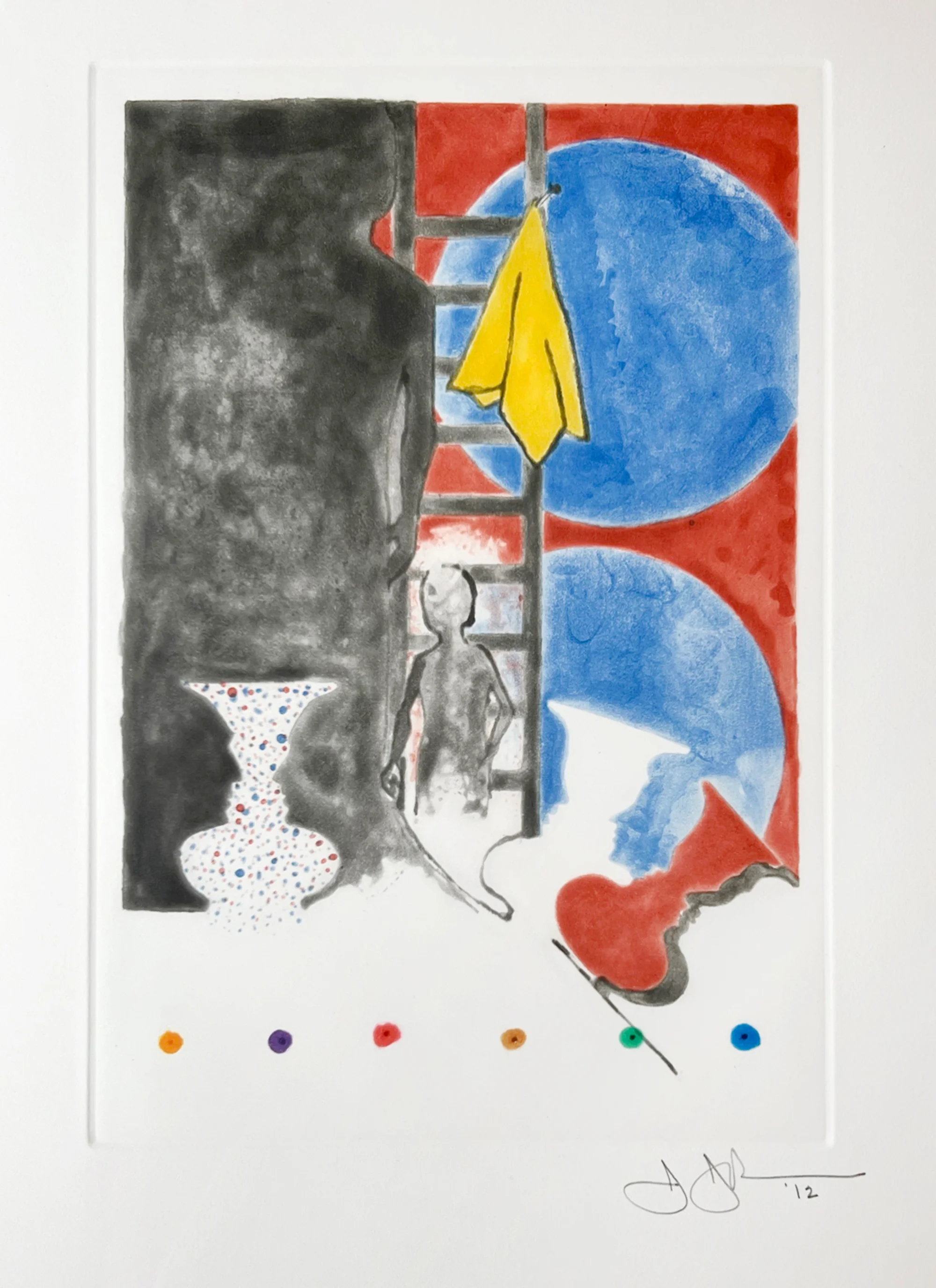
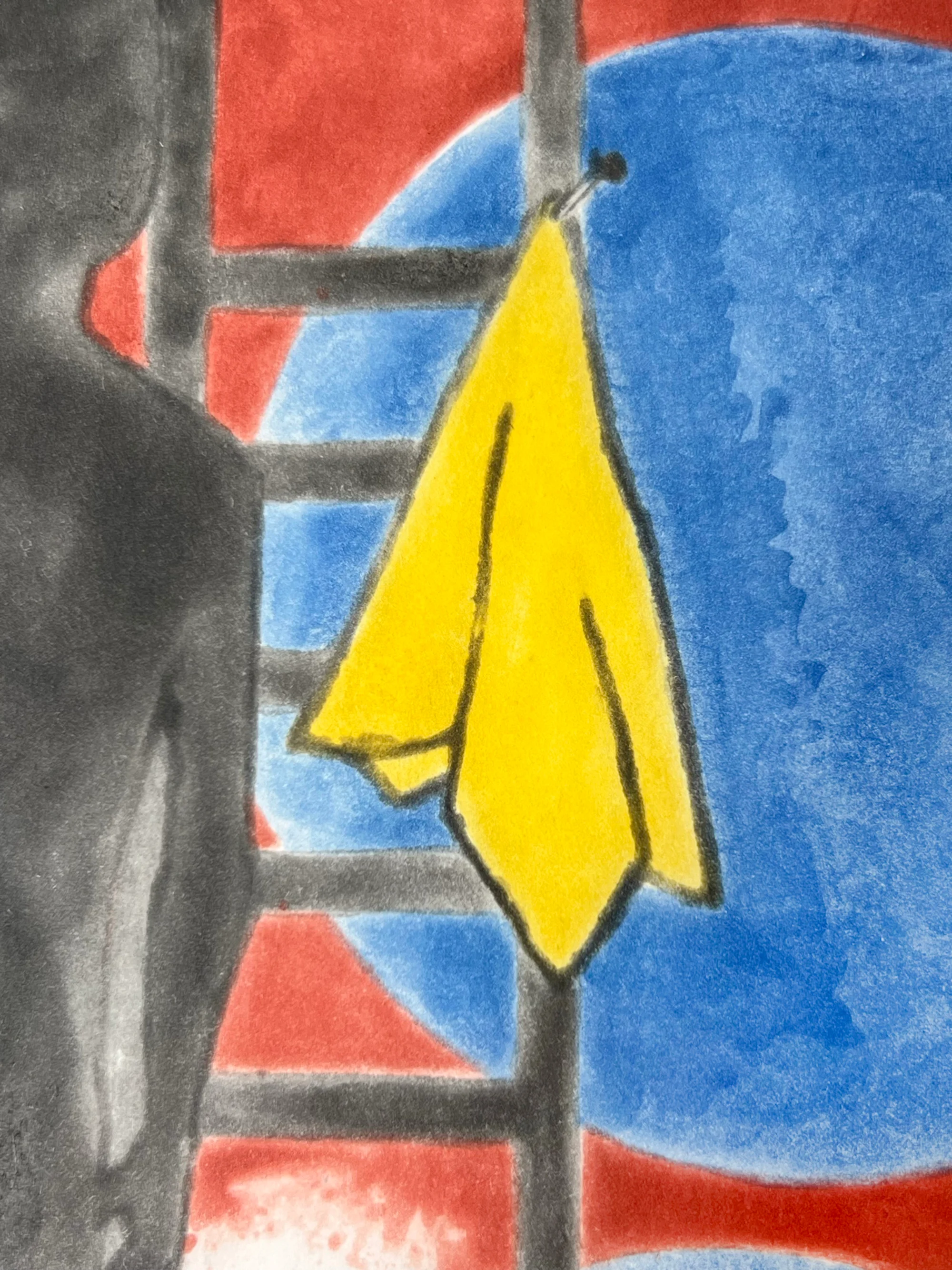
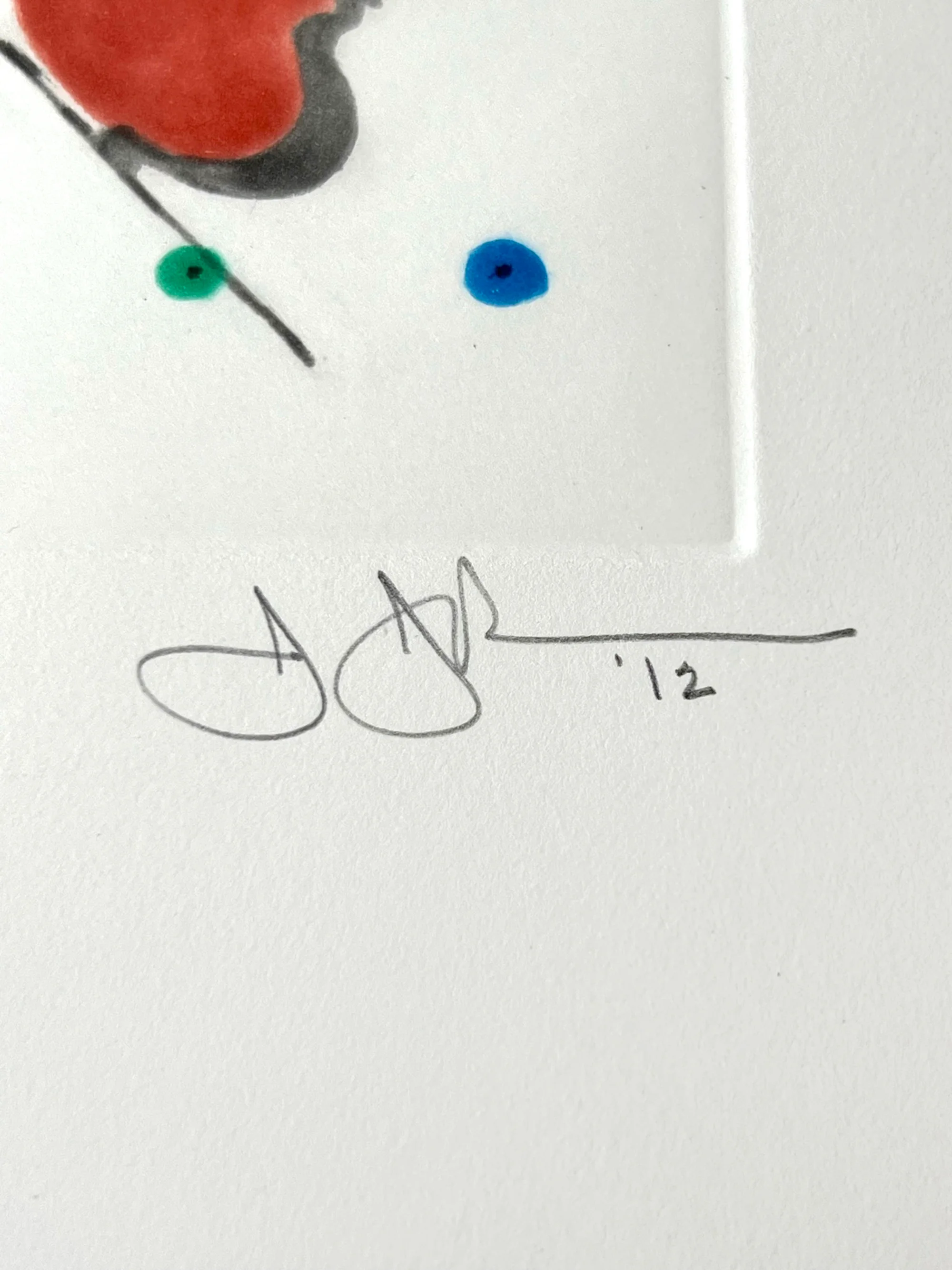
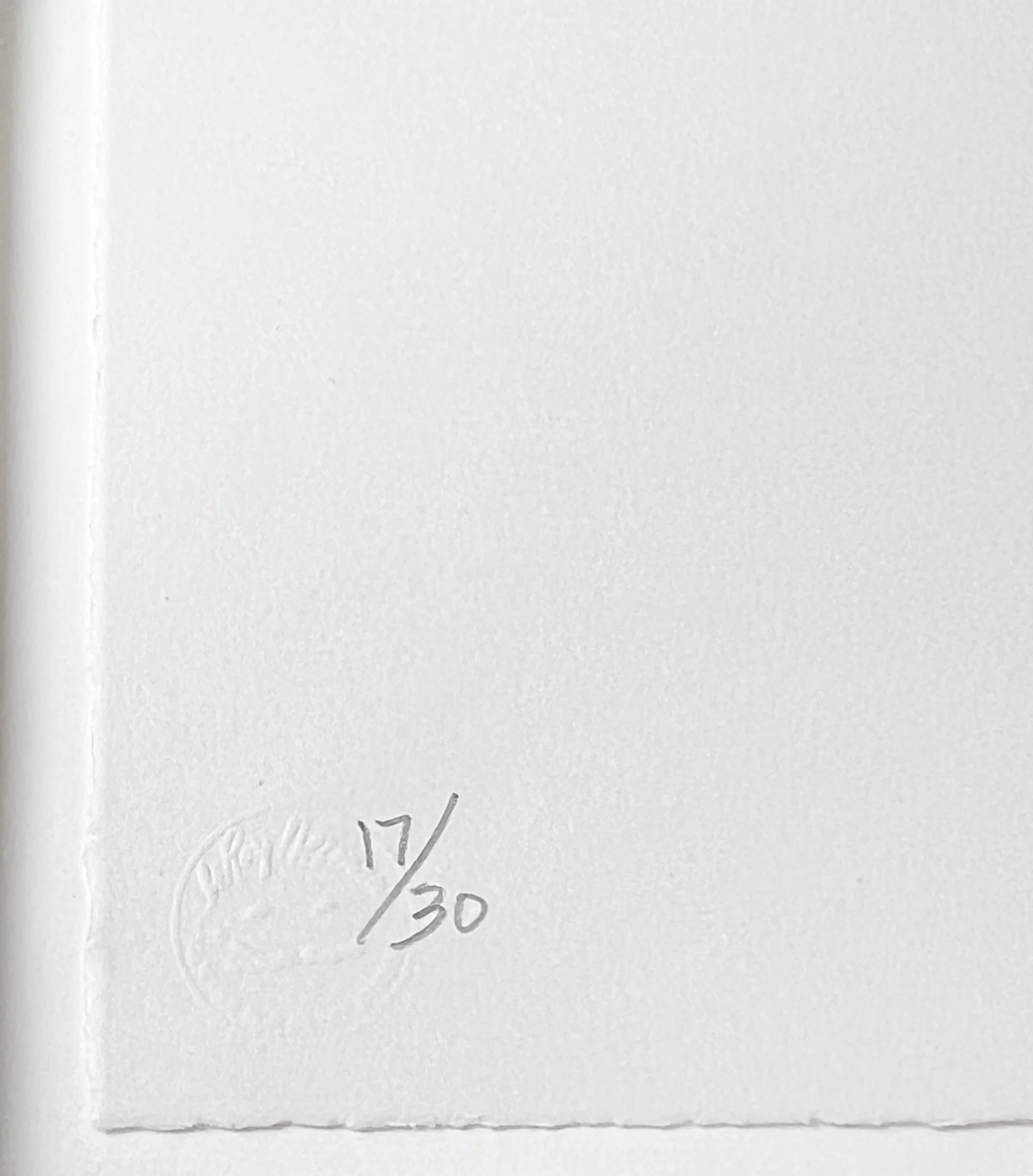

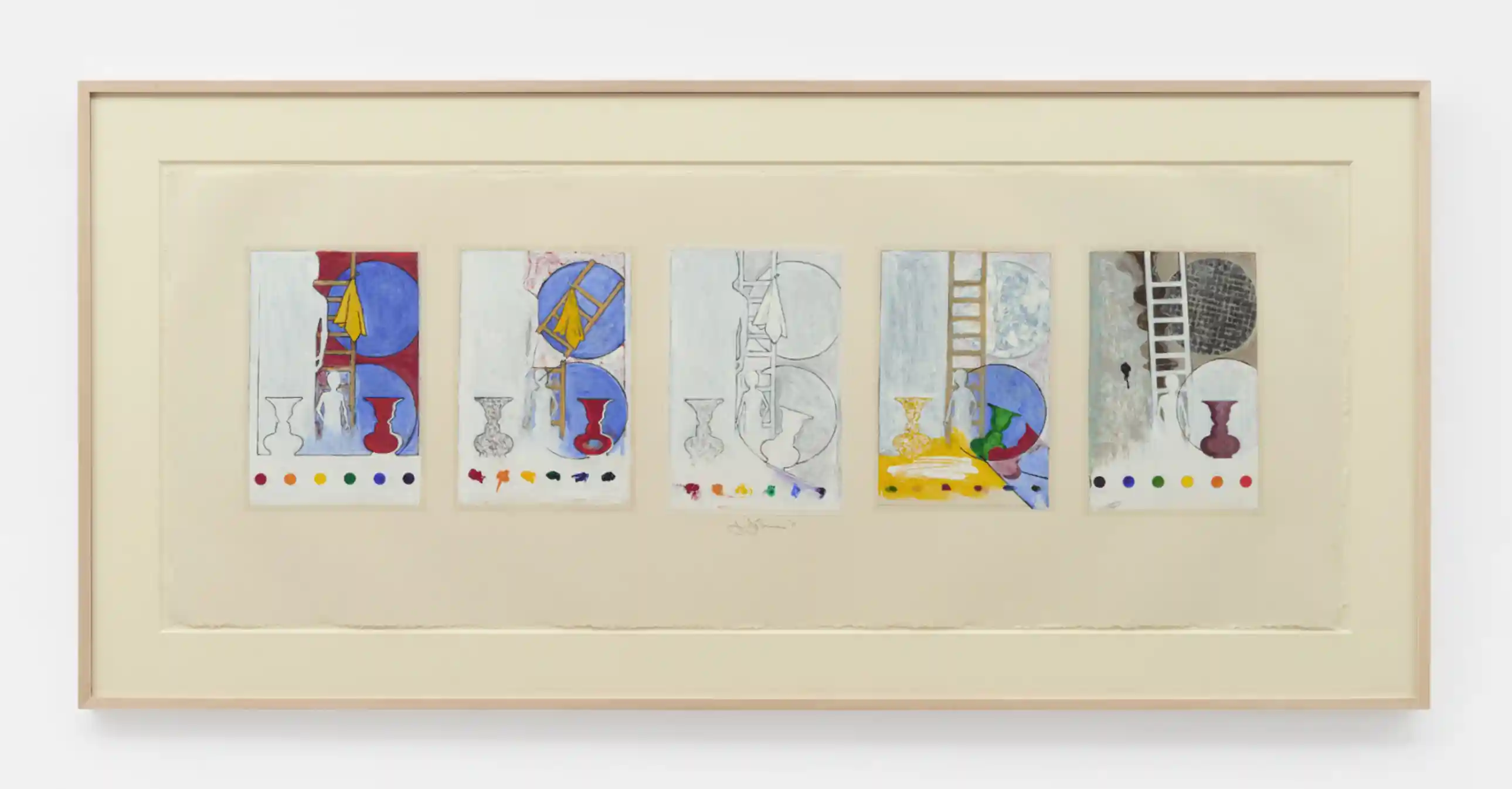
.webp)
